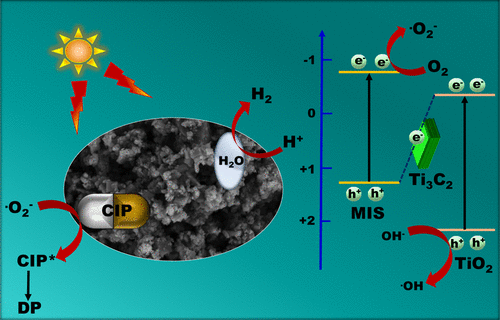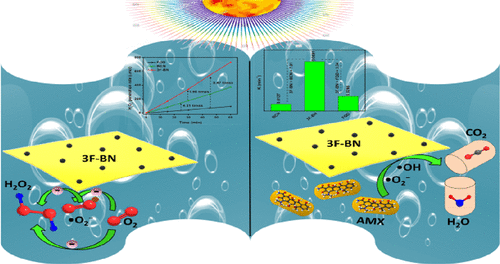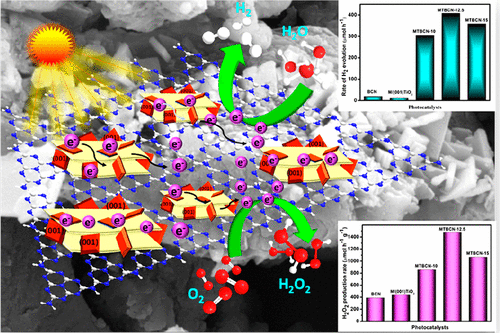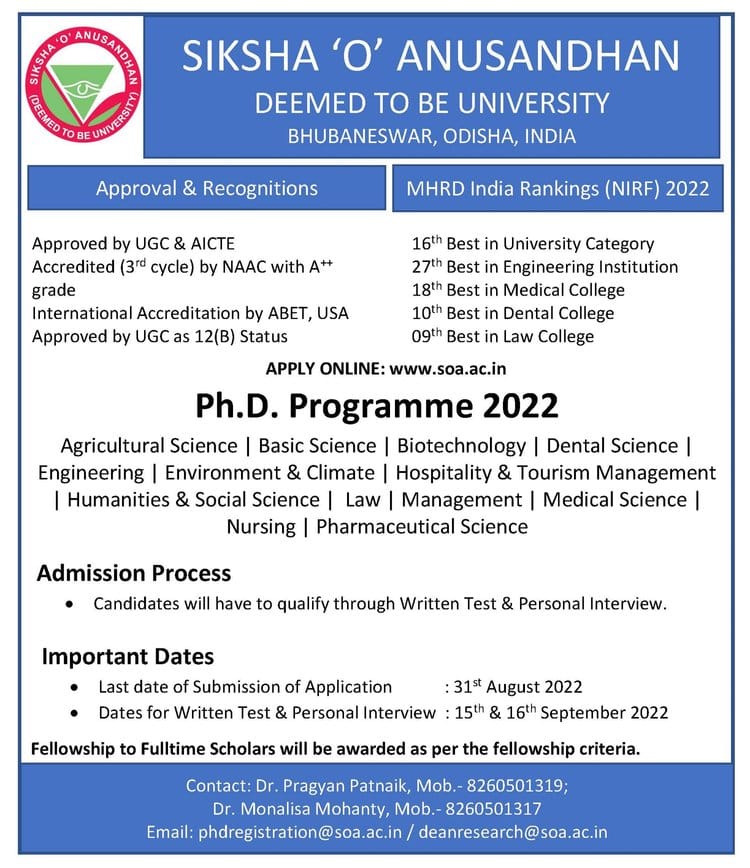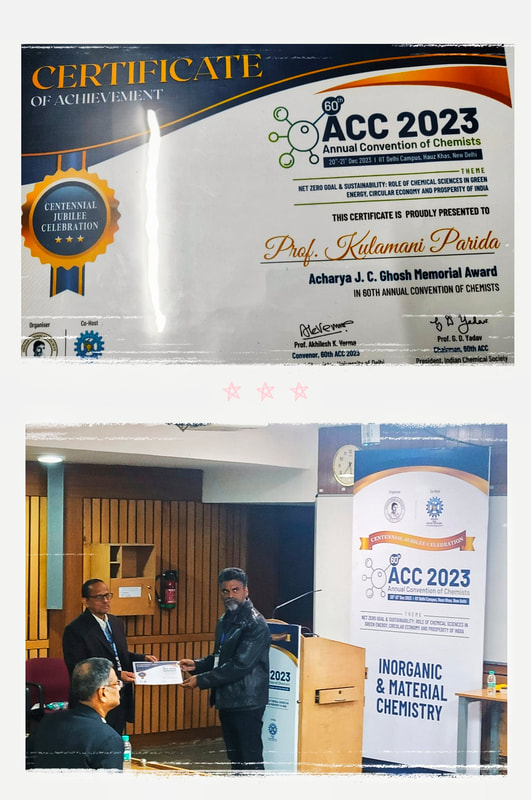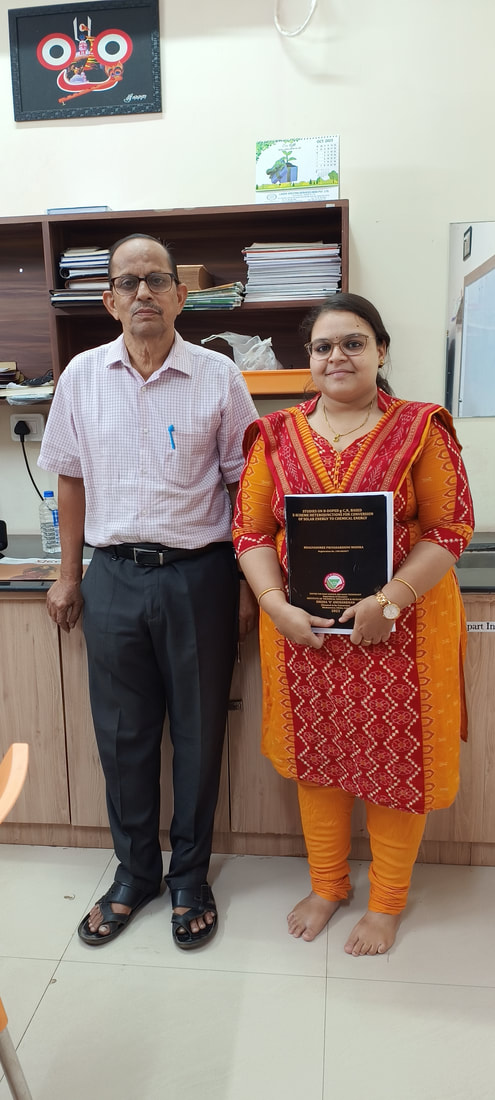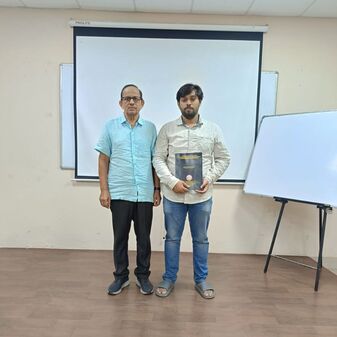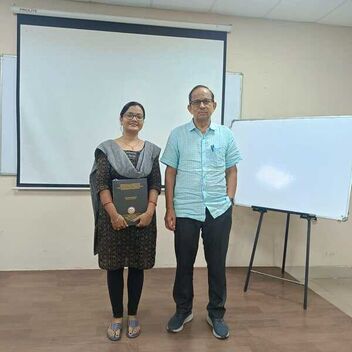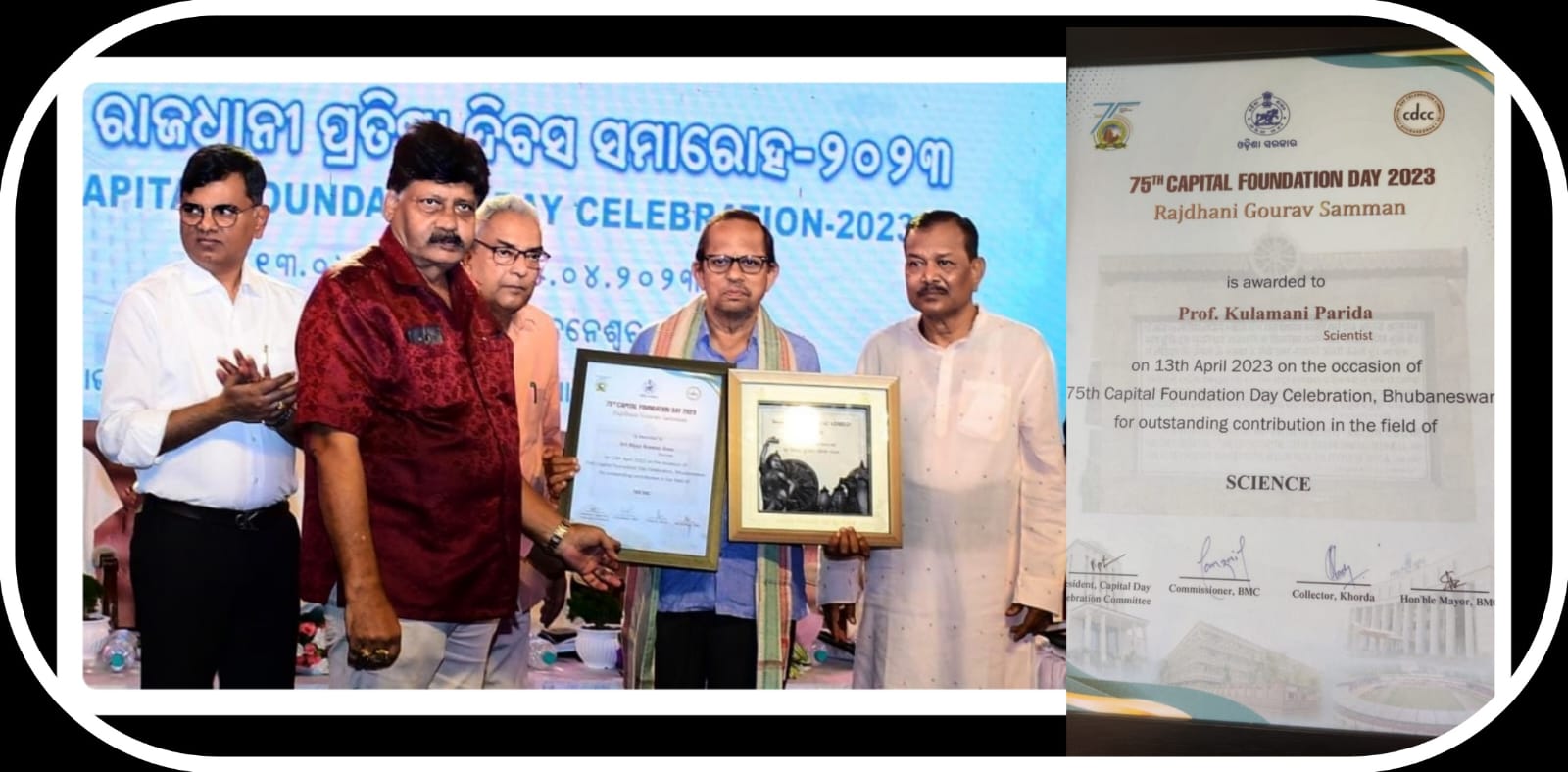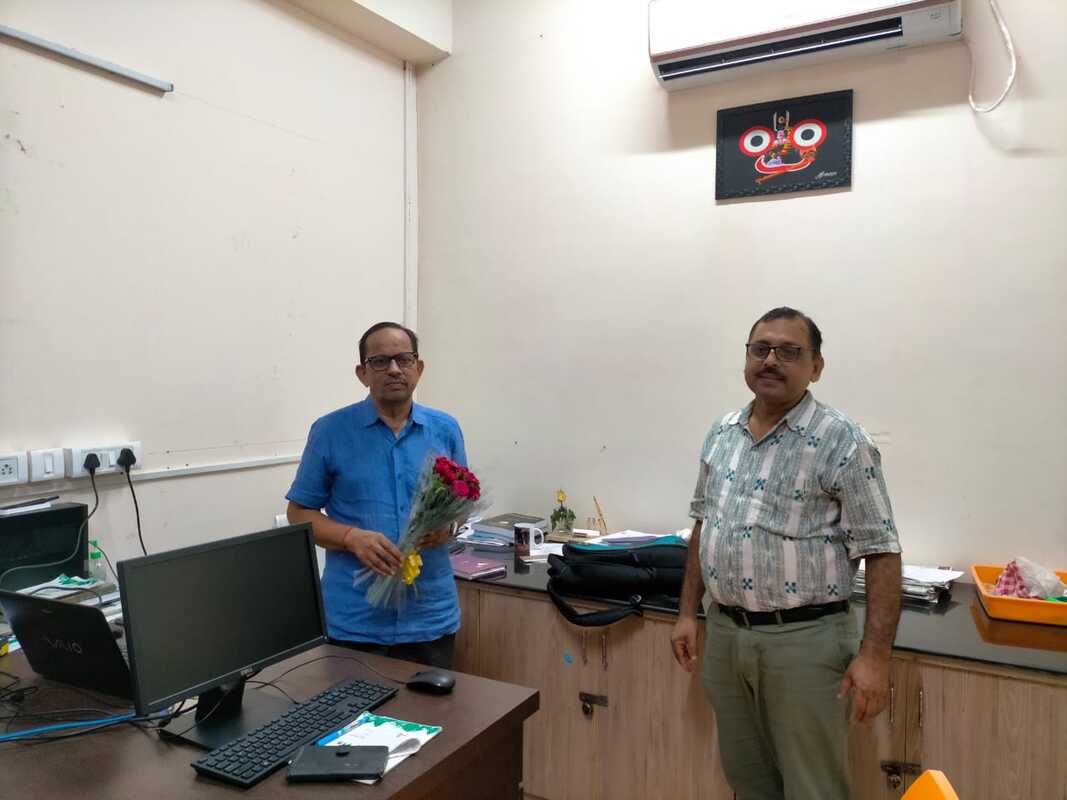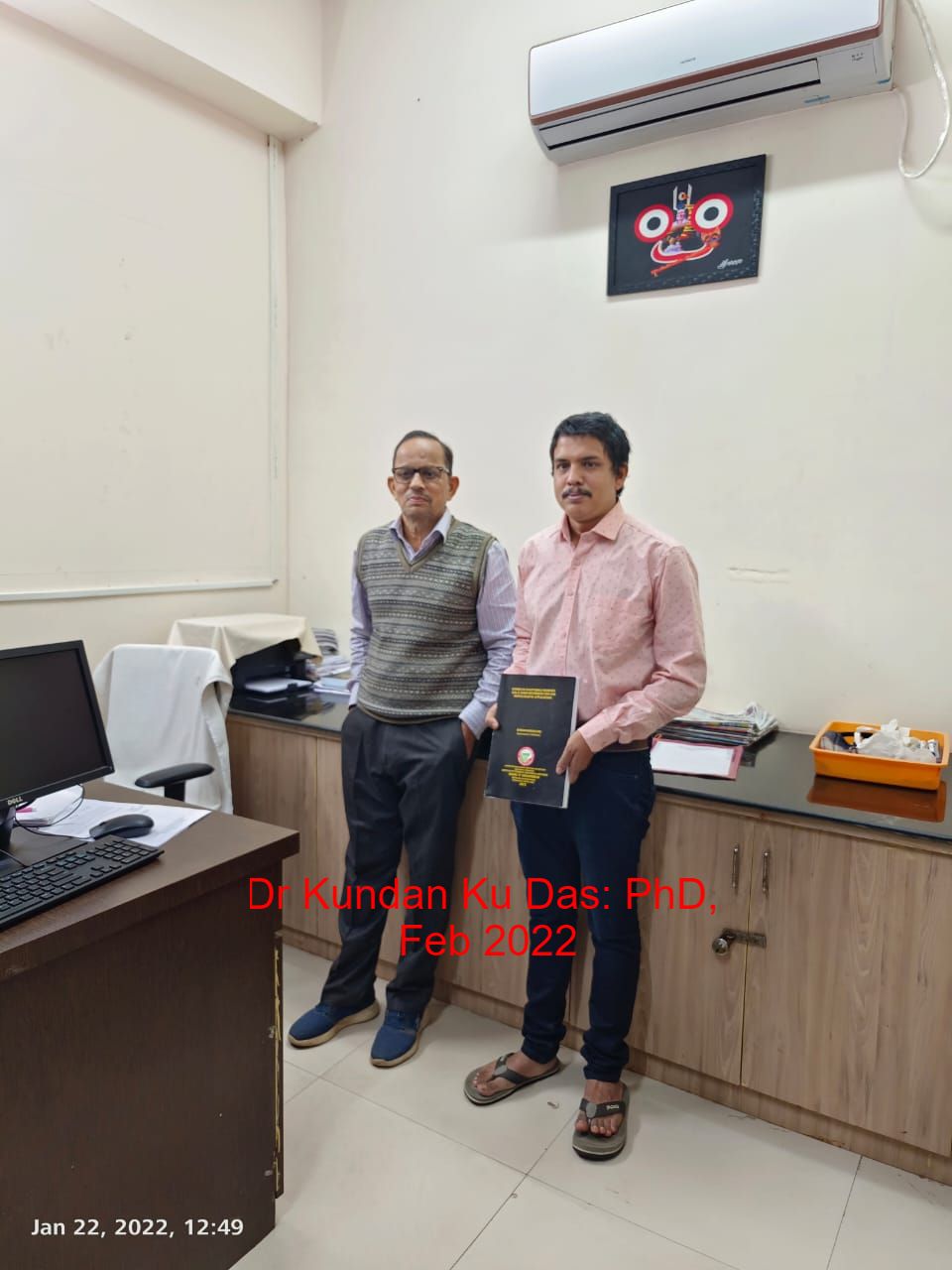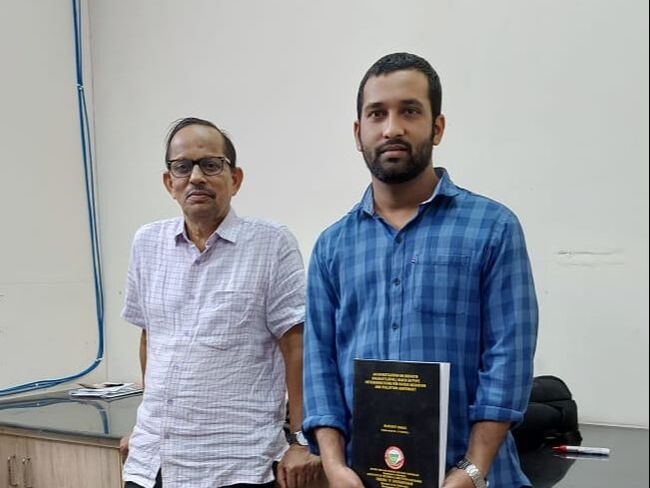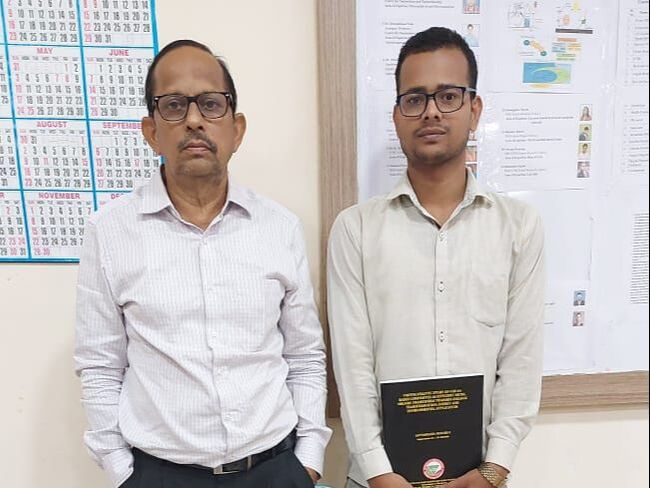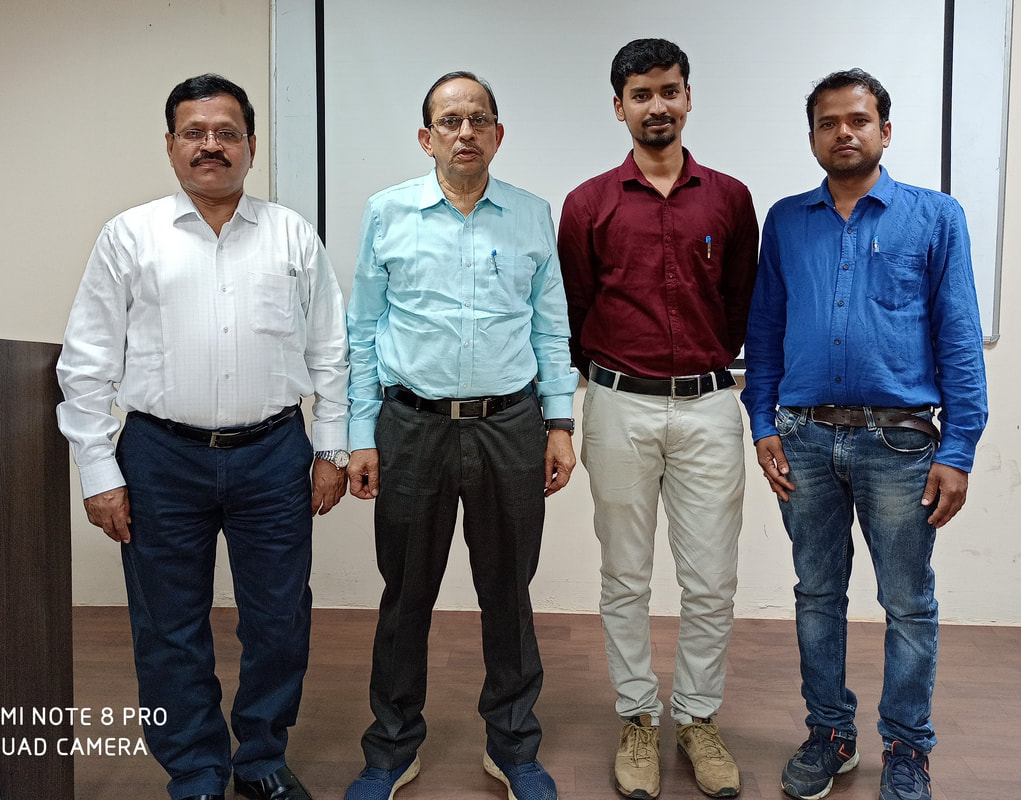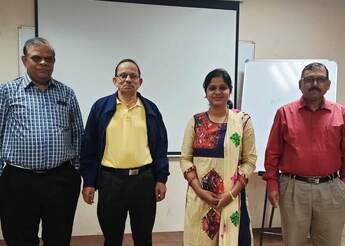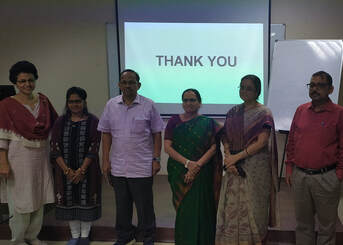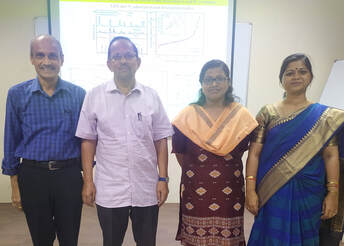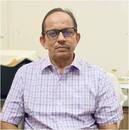Prof. Kulamani Parida is amongst World’s Top 2% Scientist 2020 with global rank 109 in Inorganic Chemistry ( Ranking based on C-score).
Rank 1 in the area of photocatalysis in India and 131 rank in the world based on Scopus author profile during 2016-2021.
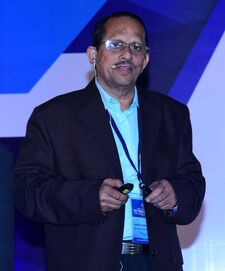
|
Prof. Kulamani Parida
Distinguished Professor in Chemistry & Director, Siksha ‘O’ Anusandhan (Deemed to be University) (Ex Chief Scientist & HOD CMC Department, CSIR-IMMT Bhubaneswar) Centre for Nano Science & Nano Technology Bhubaneswar-751030, Odisha, India E-mail: p[email protected] [email protected] Phone: +91-9439539925 Last web update: 09.04.2024 |
Citations- >32697
h-index- >98 i10-index- >444 |
VISION and MISSION
- Nanomaterials: A step towards eradicating energy crisis with green generation of clean Hydrogen fuel
- Photocatalysis: A replica of nature for clean environment using fine chemicals
- We strive to contribute for the clean energy, environment and sustainability of future generation
- We have started the our journey of designing the promising energy storage devices
Congratulations, Prof. Kulamani Parida, for receiving the highly prestigious J.C Ghosh Memorial Award in inorganic and material chemistry by the Indian Chemical Society in ACC, held at IIT New Delhi on 21st Dec 2023.Bhagyashree p. Mishra, Ph.D. CNSNT , Oct-2023Suraj Prakash Tripathy, Ph.D. CNSNT , Aug-2023Deeptimayee Prusty, Ph.D. CNSNT , Aug-2023Congratulations Prof. kulamani Parida for receiving the highly prestigious “Rajdhani Gaurav Samman-2023” award by the Government of Odisha on the occasion of 75th Bhubaneswar Foundation Day, for the immense contribution and achievements in the field of science.
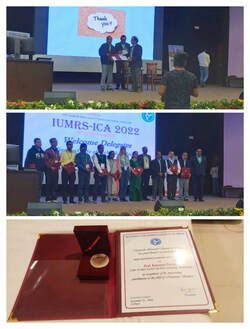
Congratulations to Prof. Kulamani Parida for receiving the prestigious MRSI Material Science Annual Prizes award-2022 from Material Research Society of India at the 33rd AGM of MRSI and the 4th Indian Materials Conclave (IUMRS-ICA 2022) held at IIT Jodhpur.
|
Recent News and Event
For older notification Click below
|
A Brief Introduction
Prof. Parida obtained Ph.D and D.Sc from Utkal University in 1981 and 2002, respectively on solid state chemistry and catalysis. He joined Regional Research Laboratory, Bhubaneswar in 1981 and worked at various positions and headed Environmental Management and Inorganic Chemical (EMIC) Department (2002-2003) and Colloids and Materials Chemistry (CMC) Department ( 2006-2012) . Currently, he is working as Director, Center for Nanoscience and Nanotechnology, Siksha O Anusandhan, Odisha, India. He did depth research in “photocatalysis” and developed challenging photocatalytic materials that inhibit the recombination and stimulate the diffusion of photo induced charge carriers for efficient production of hydrogen and decomposition of pollutants. He has adopted facile methods in designing new and strategic semiconductor based materials such as nitrogen doped Ga-Zn mixed oxides, LaFeO3, CdS-ZnS intercalated ZTP, S-N-C-TiO2, Bi-NaTaO3, Bi2O3/TiO2-XNX, heterostructure composites and layered double hydroxides for their effective utilization as photocatalysts. He has developed superacid catalysts from metal (Fe, Mn) and anion (SO42-) modified zirconia and titania; heteropoly acid modified zirconia and montmorillonite clay which are very active and selective in many acid catalysed reactions. He studied the active sites, activity and selectivity of mesoporous MCM-41, metal oxides, sulfides, phosphates and metal modified organically functionalized clays (LDH and montmorillonite) in chemical reactions such as oxidation, hydrogenation, nitratation, acylation, alkylation, hydroxylation, amination and various coupling reactions etc. He has contributed significantly on the catalytic and adsorption behaviour of manganese nodules, a naturally occurring material. With all his research contributions, he could able to make CSIR-IMMT internationally recognizable in the aforementioned research areas. So far he has supervised 40 students for their Ph.D degree and 25 students are pursuing Ph.D in chemistry at present. He has published around 408 SCI papers in internationally renowned scientific journals. The important and current relevance of his work is amply reflected in the large number of citations of his work and H index. | ||||||

